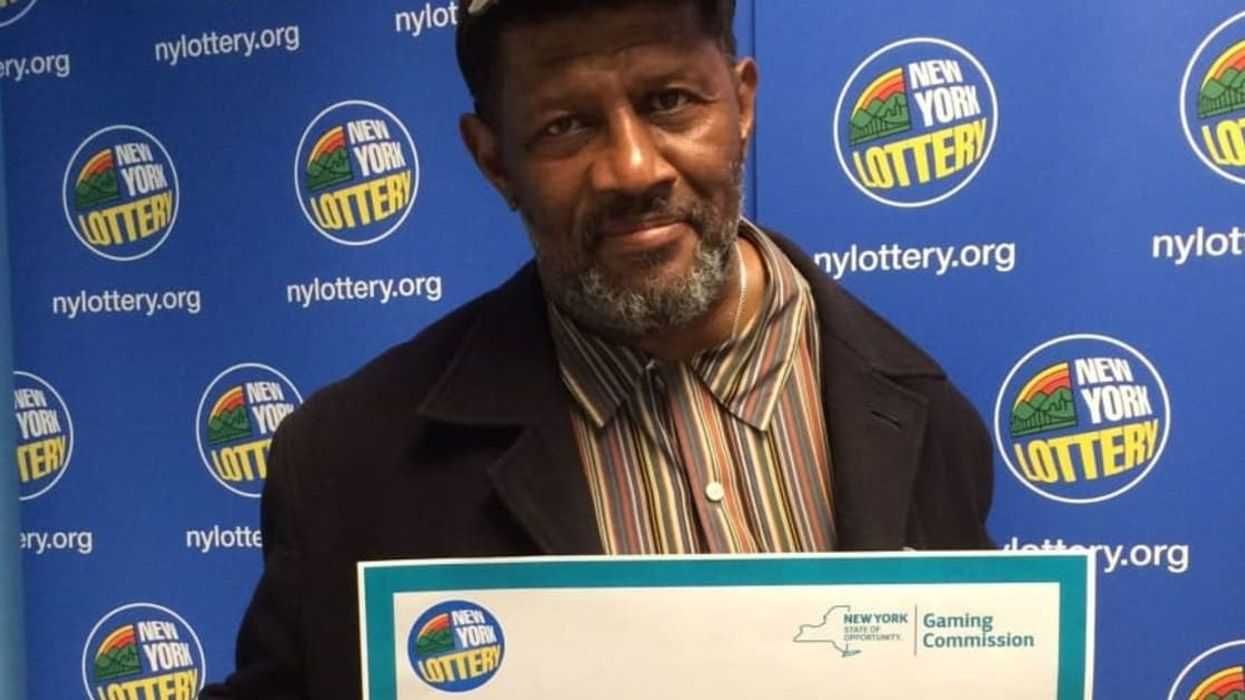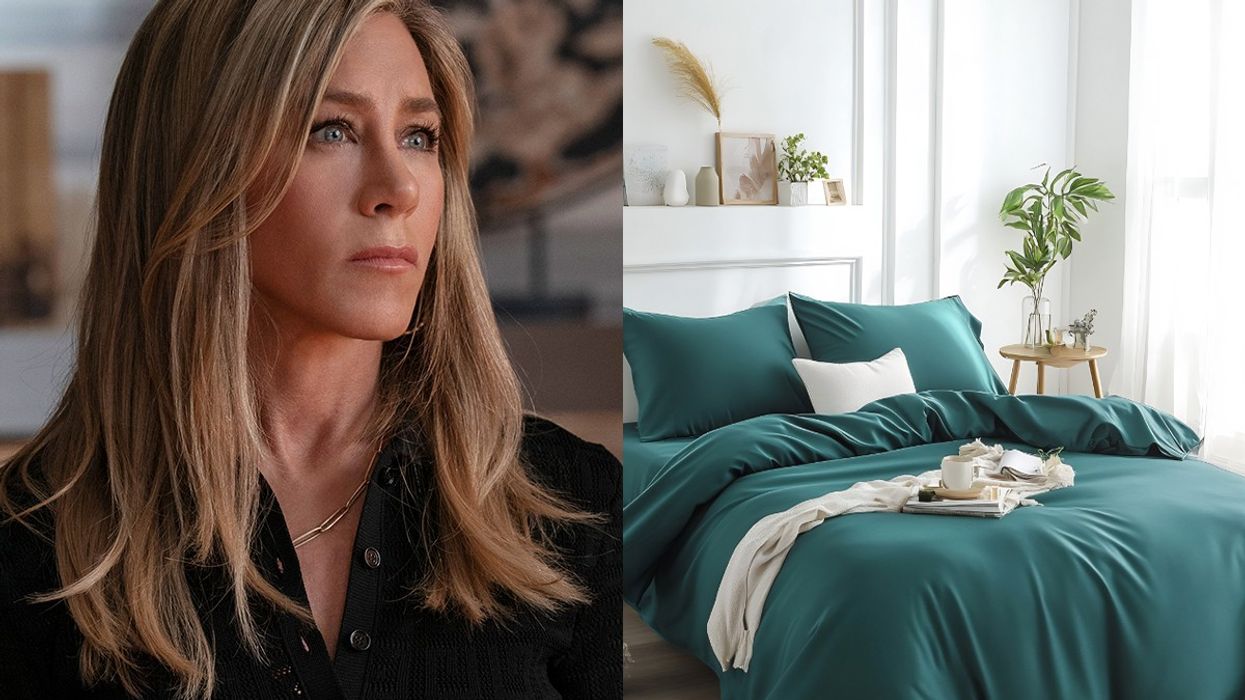We asked three local design firms to rethink the floodwalls and levee of New Orleans in a way that maximizes community living, creativity, and safety.
Living in a city bisected by the Mississippi River and abutting Lake Ponchartrain, New Orleanians have a complicated relationship with water. Where other cities might take advantage of these shorelines for recreation and community activities, prizing a natural access to water in a sweltering urban center, New Orleans is, instead, walled in—its residents’ interactions with nature is mediated by 104.8 miles of levees and floodwalls. These structures are, of course, necessary for the safety of the city (even if they have been far from perfect), but they create a visually forceful divide between the city and its surrounding wetlands. With pumping stations behind walls, even the infrastructure hides itself. It’s as if there is no water at all.
With that in mind, GOOD asked a few of New Orleans’s finest designers to re-imagine, improve upon, or replace these floodwalls and levee spaces. What we got were ideas that are at once community-enhancing, dynamic, and effective—a testament to the power of thoughtful design and public art, especially in blighted areas.
-Zach Youngerman
Living with Water
“Living with the water” has become a corollary principle of Dutch policy. Southern Louisiana, like the Netherlands, must adapt to the threats inherent to living in a subsiding delta. This is not an either/or proposition, it is an ordering principle. History repeatedly shows the folly of living in a delta; disasters are common there. To ignore, however, the water’s magic, the unique, abundant opportunities that can and should be exploited for economic, societal, and cultural gain, is equally foolhardy. New Orleans has turned its back on its water and thus its nature, viewing it as a menace or nuisance to be hidden, walled, and drained, yet historical connections to water still exist within the city.
During the Dutch Dialogue 3 planning charrette held in New Orleans in April, 2010, a vision of a circulating water system was developed. Providing space for water storage by strategically widening the outfall canals and lowering the water level would allow removal of the menacing and divisive flood walls. Bayou St. John, currently stagnant, would again communicate with Lake Ponchartrain and provide a constant source of water to charge the system. A water-retention network would reduce demand on the pumping system, replenish and balance groundwater, clean surface runoff, and lower the ambient air temperature. This vision not only increases safety and environmental quality, but it embraces water as an opportunity.
-Waggonner & Ball
Waggonner & Ball Architects is an award-winning architecture-and-planning firm committed to sustainable building practices. Its plan, “Living with Water,” redesigns New Orleans’s hydrology management and transforms the current drainage canals into recreational amenities.
Levee Housing
As we saw after hurricane Betsy in 1965, Camille in 1969, and Katrina in 2005, there is a perennial desire to return and restore low lying-communities throughout the Gulf Coast, despite the lack of storm and flood protection and general future risk. Coupled with this condition is the resistance of communities on higher ground to accept higher-density housing and lower income populations. This dilemma could possibly be addressed by creating higher-density development adjacent to levees and floodwalls. Sites could be selected based on availability of sufficient land between levees and floodwalls and existing urban infrastructure.
In some cases, mixed use development and air-rights development might be built over existing commercial uses. It may also be possible to use this concept as part of an “armoring” or levee-improvement process. Such development would have the added urban design benefit of increased open space access to both the levees and the waterfront.
-Robert Tannen
Robert Tannen is an urban planner, activist, and conceptual artist who moved to the Gulf Coast to do recovery planning after Hurricane Camille in 1969. His redesign features higher-density living and mixed-use development on high ground, along the levee, providing both safer housing and additional armoring.
RiverWheel
RiverWheel is conceived as a kind of Millennium Wheel for New Orleans, but fully powered by the current of the Mississippi River. Rising high along the city’s riverfront, the constantly turning structure will serve as a visual reminder of the steady flow that is the city’s raison d’etre. It’s a contemporary symbol that brings together the carnival aspect of the city’s personality with the legacy of the paddlewheeler to connect locals and tourists to the water. The structure would be a functioning ferris/observation wheel designed and engineered to be raised and lowered with the level of the river. A pivoting “paddle” attached to each passenger car controls the speed of the wheel’s overall rotation.
-Patrick McGuinness
Patrick McGuinness is the director of content development at Trumpet, which connects brands with communities through product development, social and digital media, advertising, and public relations. His project uses the flow of the Mississippi River to power a Ferris wheel—a new tourist icon and visual reminder of the water flowing through the city.
















 Otis knew before they did.
Otis knew before they did.